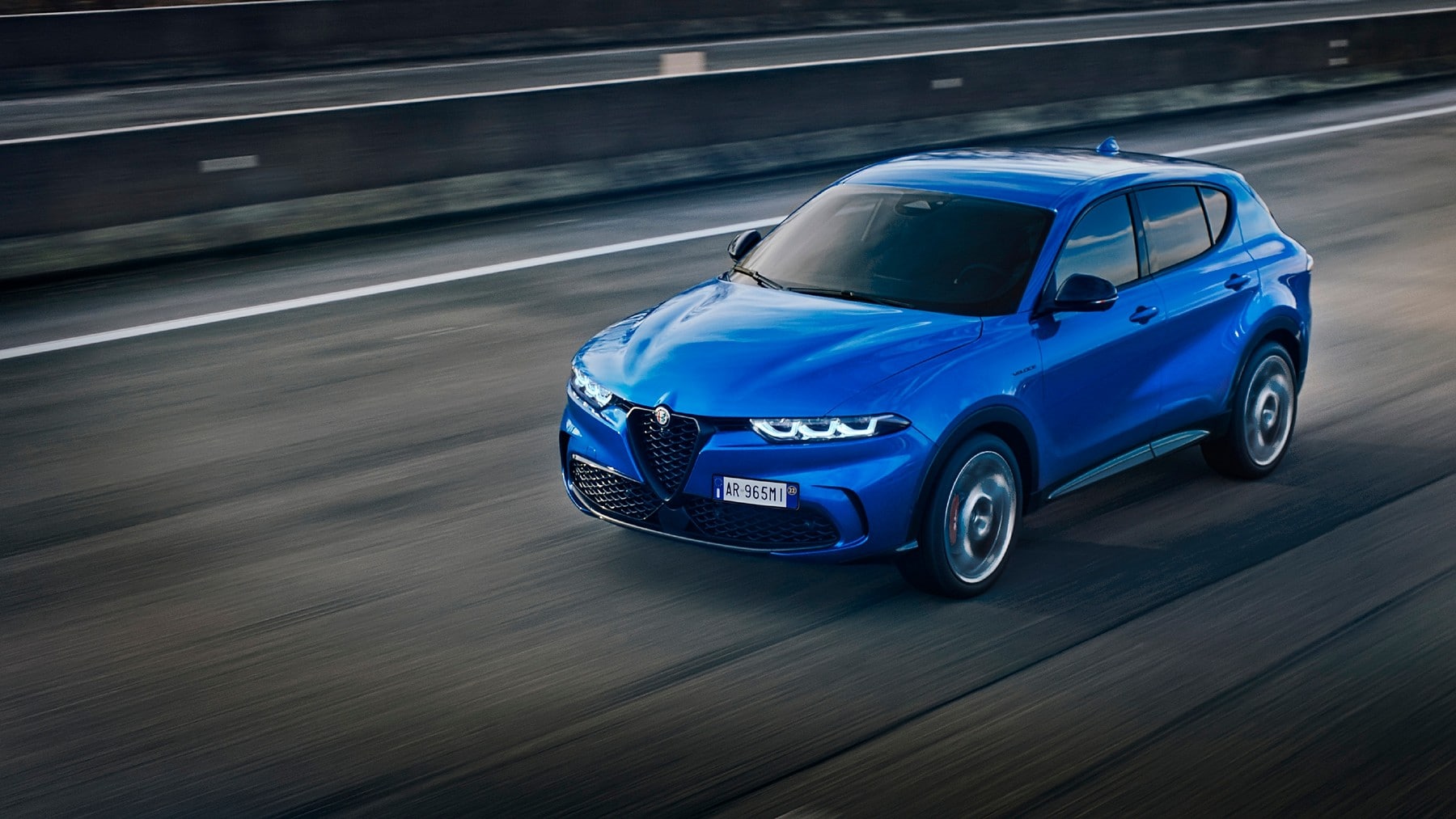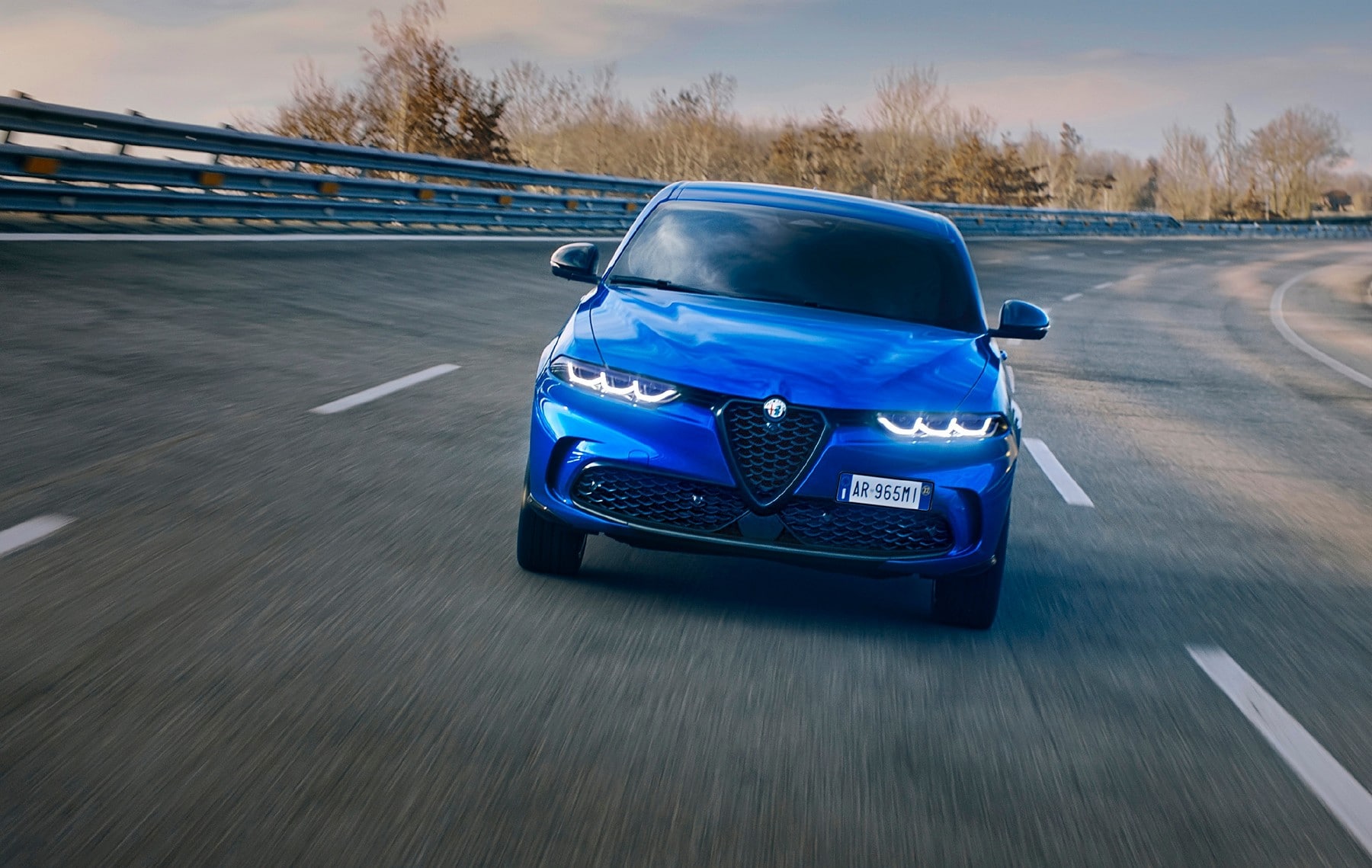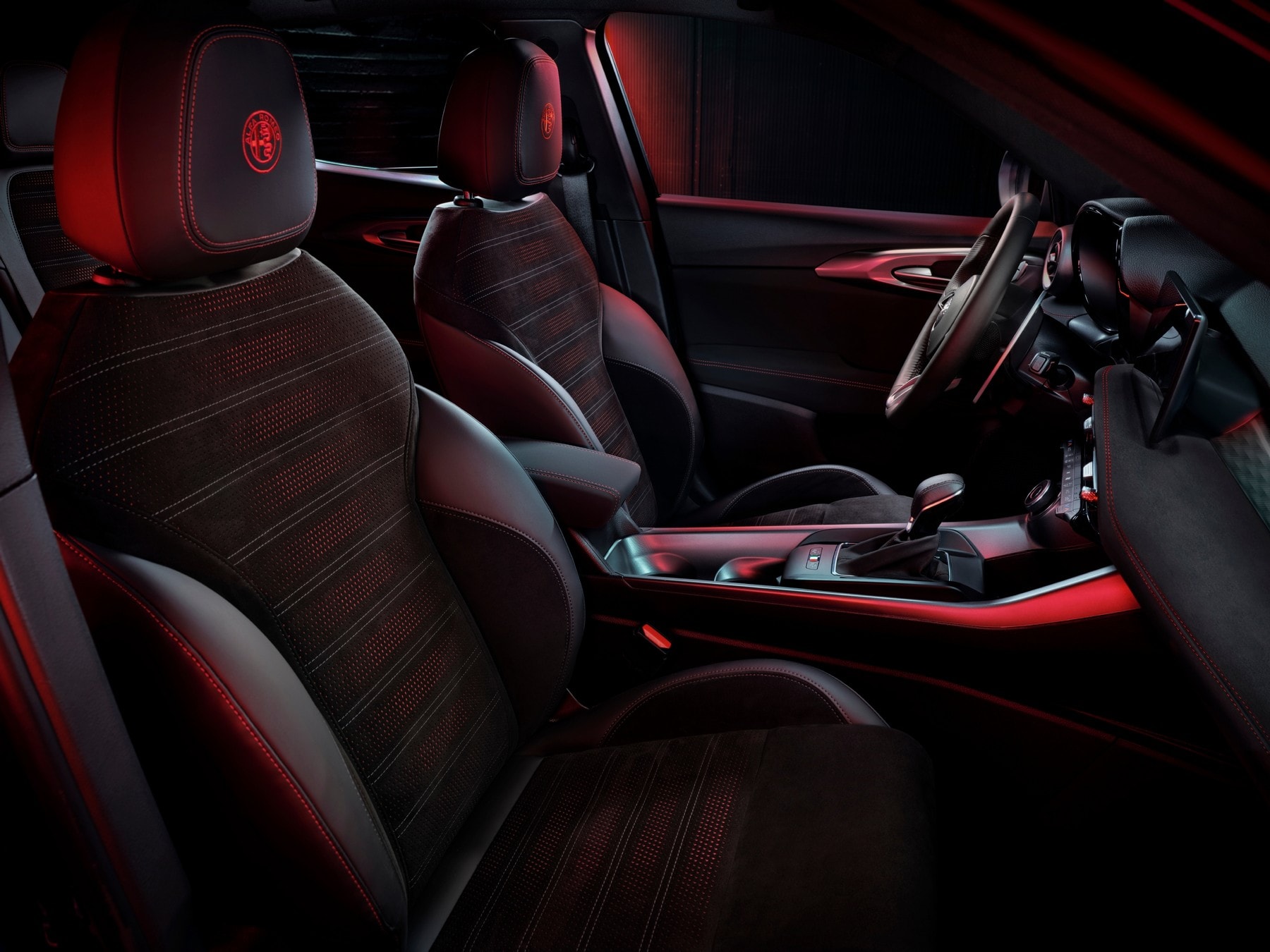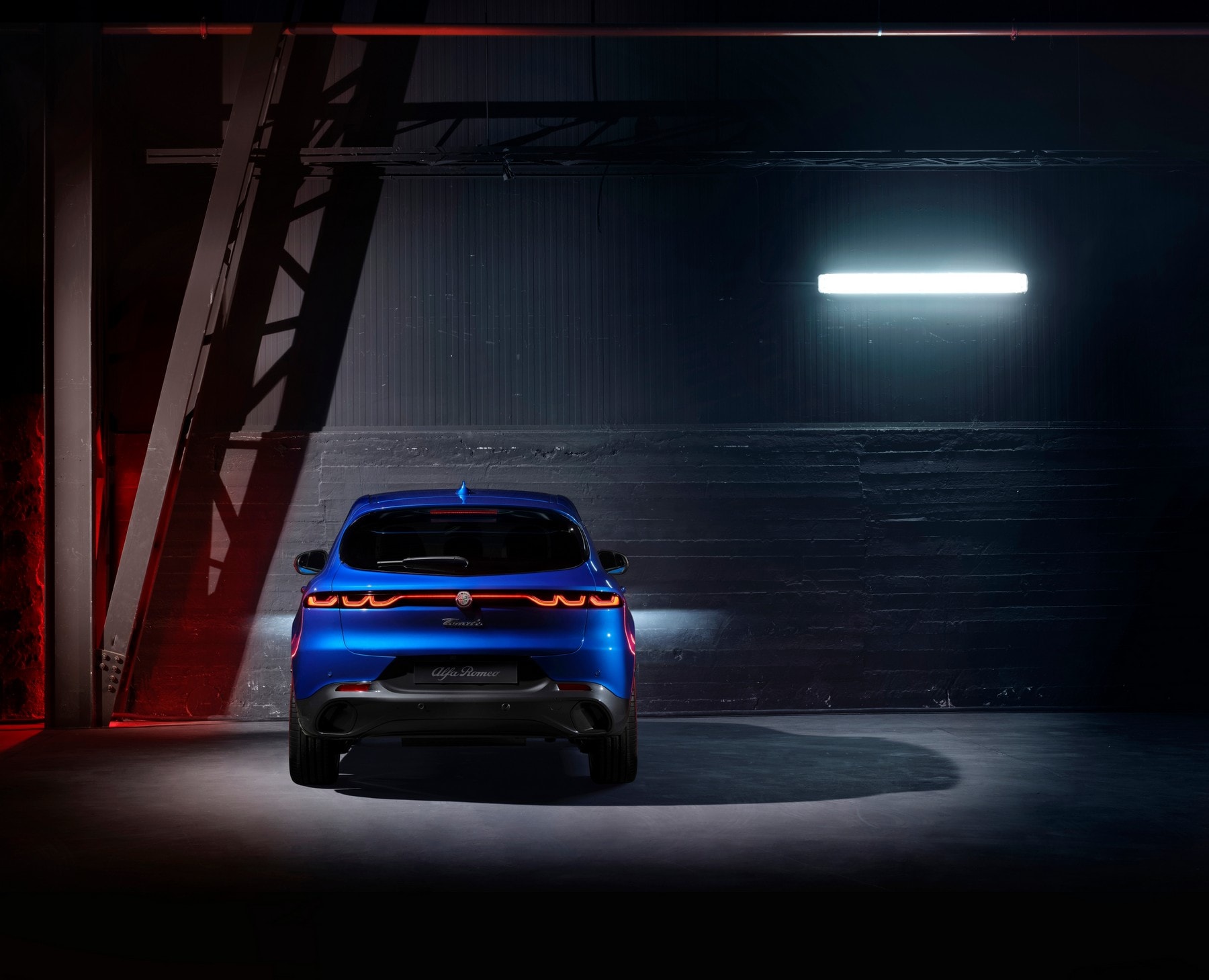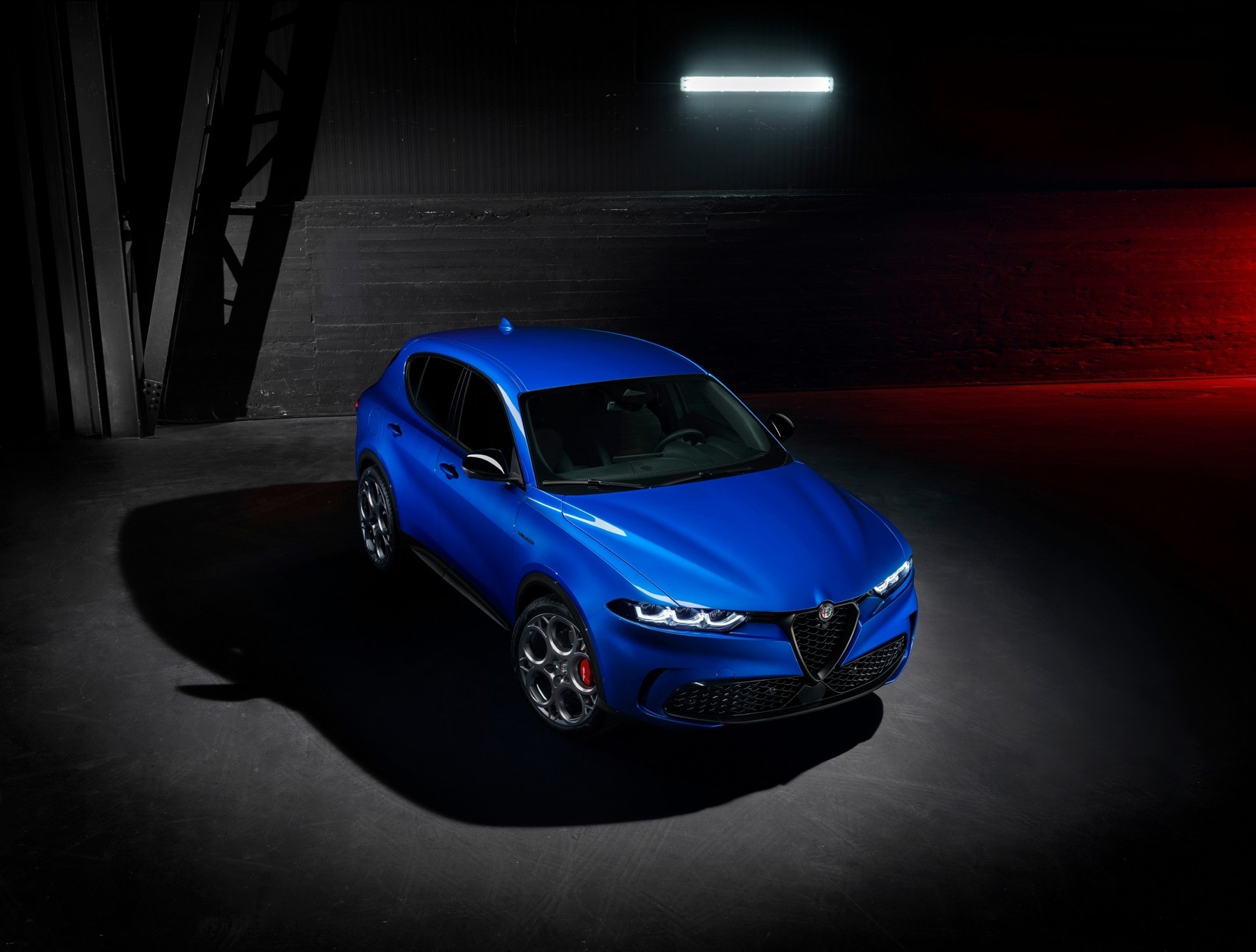Alfa Romeo currently only has two models on sale in America; the Giulia and Stelvio. Both are gorgeous, brilliant driving cars that out-drive everything else in their segments. However, as hard as the Italian brand tries, it just can’t move anywhere near as many units as its German competitors. If Alfa wants to stay alive in America, it needs to compete in more lucrative segments, even if it means abandoning some of the principles we’ve come to love from its other cars. With that said, welcome the Alfa Romeo Tonale.
The Alfa Romeo Tonale (pronounced toe-nah-le, though it’s predictably being called the “toe nail”) is the Italian brand’s first entry into the world of small, premium crossovers. Its main competition will be the BMW X1, Audi Q3, Mercedes-Benz GLA, and the Volvo XC40. Not exactly thrilling competition but, in Alfa’s defense, the Tonale does seem to offer a bit more charm than its German counterparts.
It certainly looks the part of a proper Alfa Romeo. Unsurprisingly, it looks like a smaller Stelvio, though it does get new headlights and a rear taillight bar that both look good. The triple light design motif in both the headlights and taillights looks cool and the way the former are integrated into the signature Alfa grille is also a nice touch. Also, kudos to Alfa for not enlarging the grille. The rest of the car, though, looks very typical Alfa. That isn’t a bad thing.
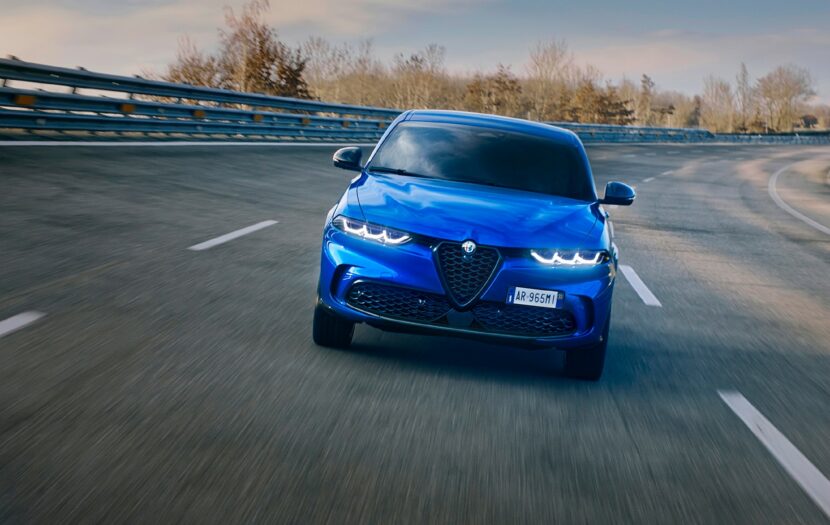
What’s new, and very different from the rest of Alfa’s lineup, is what lies under the skin. For starters, the Tonal is front-wheel drive based and isn’t built on the rear-drive platform from the Giulia, which is understandable and yet still disappointing. Alfa’s rear-drive chassis is among the sweetest in the entire industry, so it would have been awesome to see it used here. However, a front-drive chassis offers more passenger space, cargo space, and affordability. So it’s understandable why Alfa made the switch.
Another interesting development, the Alfa Romeo Tonale will actually be offered as a plug-in hybrid, another first for the brand. The PHEV Tonale actually seems very much like a reversed BMW i8 or a MINI Countryman PHEV. It features a 1.3 liter turbocharged four-cylinder engine, that powers the front wheels with 180 horsepower. Then, an additional electric motor powers the rear axles, with 121 horsepower, aided by a 15.5 kWh battery. Combined system output is 272 horsepower, which is driven through a six-speed automatic. According to Alfa, it also gets 30 miles of all-electric range. The only other powertrain option is a 2.0 liter turbocharged four-cylinder, with a nine-speed automatic, that makes 256 horsepower and 295 lb-ft of torque, and drives all four wheels.
Optional adaptive dampers and a quick 13.6:1 steering ratio mean the Tonal will likely be one of the best driving — if not the very best driving — small premium crossover in America. That shouldn’t come as a surprise, though, as all of Alfa’s cars are brilliant to drive. What will be interesting is how well Alfa’s new interior is received, as cabin quality and technology are more important in this segment than driving dynamics.
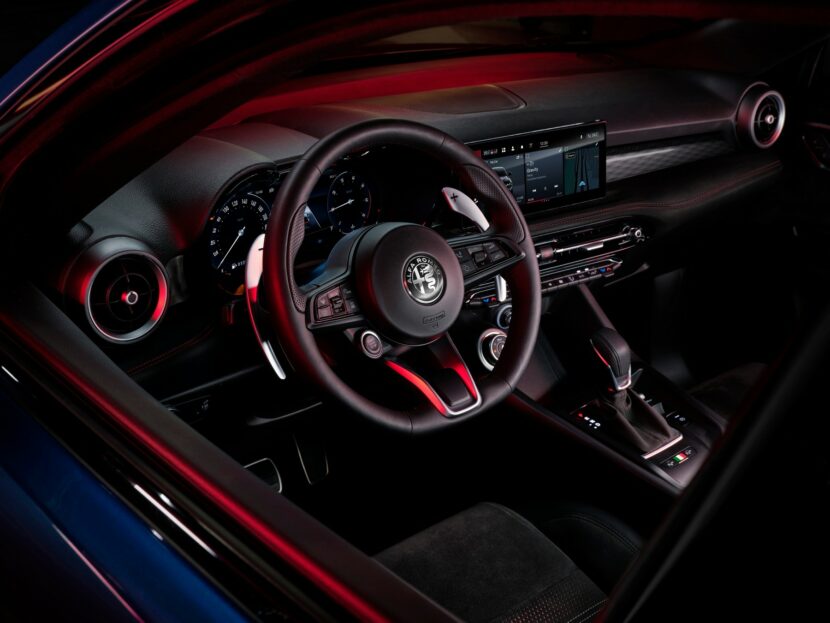
Alfa’s new interior is familiar but features all new tech and a new dashboard design. The latest version of Stallantis’ Uconnect 5 system is featured in the Tonale and is now entirely touchscreen-based. The Giulia and Stelvio have iDrive-style rotary knobs but not the Tonale. A new shift lever replaces the current Alfa lever, too. Most notably, though, is the new gauge cluster, which is now entirely digital. It looks good for the most part; clean and legible, but a bit boring compared to the sexy analog gauges of Alfa’s current car.
Thankfully, Alfa kept its gorgeous steering wheel, and included its big metallic paddle shifters. Those two things alone are reasons enough to buy the Tonal over its competition.
Alfa Romeo is headed into uncharted waters, against competition very familiar with the seas ahead. It will be interesting to see how the Tonale does, in terms of sales, once it actually has to compete with more established cars. The Tonale will start at $38,000 and its looks and promise of an affordable PHEV powertrain could bring customers into dealerships. If they care about driving dynamics, they likely leave with one but if they prefer practicality, technology, and cabin quality, they might prefer a more familiar German brand.


